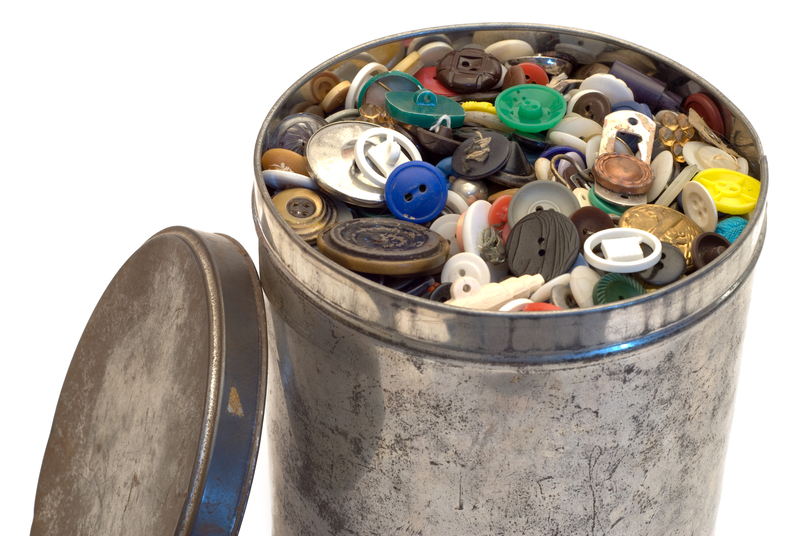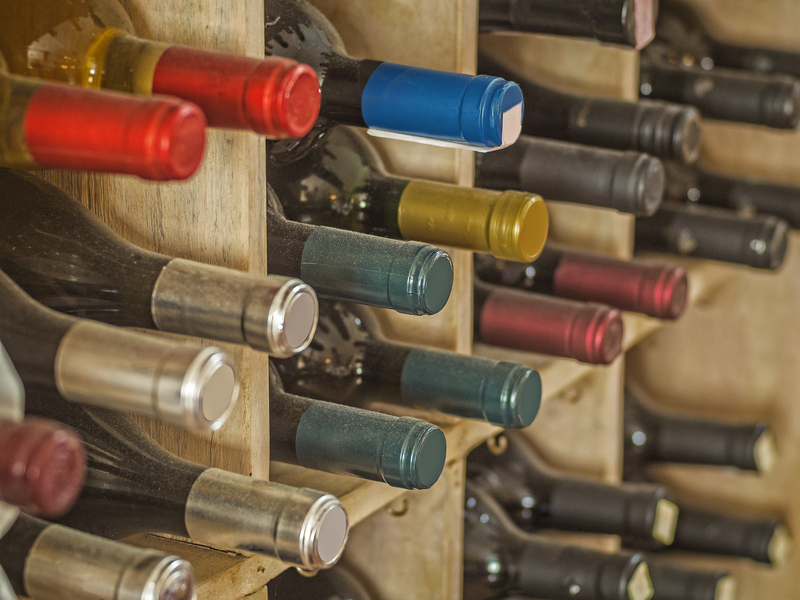All You Need to Know About Recycling Glass
Glass recycling is a crucial component of sustainability efforts worldwide. By understanding the importance and process of recycling glass, individuals and communities can contribute significantly to reducing environmental impact. This article provides a comprehensive overview of glass recycling, its benefits, processes, and tips for efficient participation.
Understanding Glass Recycling
Glass recycling involves processing waste glass into usable products. It is a part of the larger recycling ecosystem that aims to minimize waste, conserve resources, and reduce pollution. Recycling glass not only conserves natural resources but also saves energy and extends the life cycle of glass products.

Benefits of Recycling Glass
The benefits of recycling glass are numerous and impactful:
- Resource Conservation: Recycling glass reduces the need for raw materials like sand, soda ash, and limestone.
- Energy Savings: Using recycled glass in production requires 40% less energy compared to making new glass from raw materials.
- Pollution Reduction: The recycling process minimizes air and water pollution associated with the production of new glass.
- Landfill Reduction: Glass is non-biodegradable, and recycling it prevents it from occupying space in landfills indefinitely.
- Economic Benefits: Creates jobs in the recycling and manufacturing industries and supports sustainable practices.
How Is Glass Recycled?
The process of recycling glass is both simple and efficient:
1. Collection and Transportation
Glass is collected from homes, businesses, and recycle centers. It's essential that glass is sorted by color (clear, brown, green) to ensure the highest quality of recycled products.
2. Sorting and Cleaning
Once collected, glass is sorted by color and thoroughly cleaned to remove impurities, such as paper labels and any other contaminants. This step is vital for maintaining the integrity of the end product.
3. Crushing and Melting
The cleaned glass is then crushed into small pieces called cullet. The cullet is melted in a furnace at high temperatures to form molten glass. This molten glass can then be molded into new products.
4. Forming and Finishing
The molten glass is shaped into products such as bottles and jars through molding. These products are then cooled and inspected for quality before being distributed for use.
Types of Recyclable Glass
Not all glass is suitable for recycling. It's essential to know what types can and cannot be recycled:
- Bottles and Jars: Most common glass products used to store food and beverages are recyclable.
- Window Glass: Typically not recyclable through curbside programs due to its different chemical structure and treatments.
- Light Bulbs: Require specialized recycling processes due to hazardous materials.
- Ceramics and Pyrex: Non-recyclable in regular glass recycling systems due to their higher melting points.
Tips for Effective Glass Recycling
1. Rinse Containers
Always rinse glass containers before placing them in recycling bins to prevent contamination and reduce odors.
2. Remove Lids and Caps
Lids and caps are often made from materials that are not recyclable. Removing them ensures the recyclability of the glass container itself.
3. Sort by Color
When possible, sort glass by color to facilitate the recycling process and improve the quality of recycled products.
4. Avoid Mixing with Other Recyclables
Ensure that glass is not mixed with other materials like plastics or metals, as this can contaminate the recycling stream.

The Environmental Impact of Glass Recycling
The impact of recycling glass on the environment is significant and multifaceted:
- Conservation of Raw Materials: Recycling one ton of glass saves over a ton of natural resources.
- Energy Efficiency: Recycling glass saves about 30% of energy compared to producing new glass.
- Reduced Emissions: Using recycled glass in manufacturing can reduce greenhouse gas emissions significantly.
The Future of Glass Recycling
As technology advances, the future of glass recycling looks promising. Innovations in processing techniques, such as advanced sorting technologies and the development of new uses for recycled glass in construction and other industries, are paving the way for even better recycling practices.
Ultimately, the success of glass recycling relies heavily on community participation and awareness. By understanding the importance and methods of recycling glass, individuals can make informed choices that support environmental sustainability and contribute to a circular economy.
In conclusion, recycling glass is more than just an eco-friendly practice; it's a vital step towards sustainable living. Through conscientious participation, collectively, we can significantly impact preserving the planet for future generations.